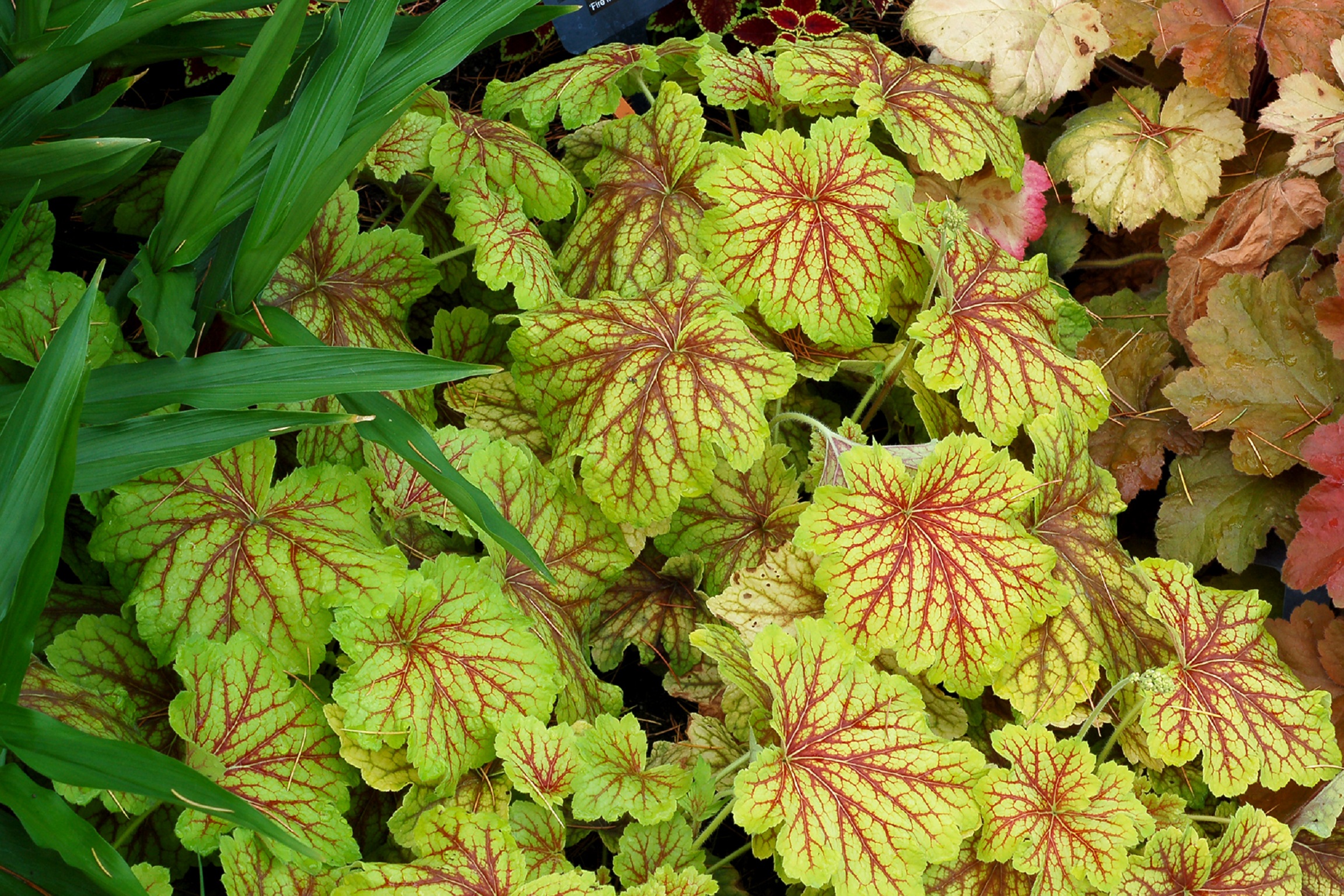
The following items are either out of season or we've sold out of our inventory. For those gardeners looking for something a little more subtle, ‘Summer’s Kiss’ is a dreamy selection that boasts blooms in shades of yellow-apricot.We're sorry, but the following items are currently unavailable Like the rest of their kin, both plants are drought tolerant and have a long season of bloom, which can increase in abundance with deadheading. ‘Fanfare’ has a more unusual look with its fused, trumpetlike red petals with yellow tips. The selection ‘Arizona Sun’ has hypnotic flat red flowers edged in yellow. Reaching 10 inches tall, the new plants do not flop, and their red-and-yellow blooms produce a riot of color from summer until frost. Ever since the newer, shorter cultivars came out, however, blanket flowers are again welcome in my garden.
PERENNIALS FOR SHADE 12 INCHES TALL FULL
They always seemed to develop urban sprawl by the time they reached full bloom, creating an ugly mess. A good use of flower repetition finds the stellar 3-foot-tall ‘Becky’ Shasta daisy a hop, skip, and a jump from ‘Snowcap’ or ‘Little Miss Muffet’.īlanket flowers ( Gaillardia x grandiflora cvs., Zones 3–8) and I used to mix like oil and water.

Both of these single white cultivars require full sun and well-drained garden loam. ‘Snowcap’ seems to bloom a few weeks longer, especially with deadheading, and is more tolerant of adverse weather conditions.

‘Little Miss Muffet’ is 12 inches tall, while ‘Snowcap’ reaches 15 inches tall. My two favorite petite cultivars are ‘Snowcap’, a Blooms of Bressingham selection, and ‘Little Miss Muffet’, an older variety. Besides being excellent edgers, short purple coneflowers also attract butterflies and make superb cut flowers.Īnother beloved plant with miniaturized sidekicks is the summer-blooming Shasta daisy ( Leucanthemum × superbumcvs., Zones 5–8). Their coarse, hairy leaves are rarely bothered by deer, but our four-legged foes often find the flowers palatable. They grow in full sun and average soil, and can handle summer heat without looking bedraggled. The smallish ‘Kim’s Knee High’ flaunts typical purple-rose blooms, ‘Kim’s Mop Head’ produces white flowers, and ‘Little Giant’ has larger, purplish blooms with horizontal petals that are supported on 16-inch-tall stems.Īll of these cultivars flower in summer and continue until frost with deadheading. While the compact cultivars are not lilliputian, they average 18 inches tall. Classic purple coneflowers ( Echinacea purpureaand cvs., USDA Hardiness Zones 3–9) typically grow to 3 feet or taller and work well for this approach. I like to use repetition by echoing traditional perennials with their shorter counterparts. This can be done in a number of ways, such as by selecting plants with similar colors and forms. One of the simplest ways to tie a garden together is to use repetition. No matter where you view them from, the number of good candidates for sun and shade seems almost endless. For beds that are observed up close, plants that are no more than 18 inches tall fit the bill. Of course, you can go taller than 2 feet if the plant is see-through (or airy enough to permit a view of the plants behind it). For beds that are viewed from a distance, 2-foot-tall plants work well. The ideal height of edging plants depends on how close you will be to the beds when viewing them.


They must flower for a long time, have interesting foliage color and texture from spring to fall, and show minimal disease and pest problems. To be worthy of being planted in my garden, perennial edgers have to work hard. No garden is complete without low-growing plants, which beautifully accentuate bed lines, define path and bed boundaries, soften harsh edges, and counter large-scale plants for visual interest. The best that most gardeners have to say about plants for the front of the garden is that they’re short, diminutive, small-statured, or, heaven forbid, dwarf-a word that implies misshapen, which most edging perennials are anything but. They’re often labeled as big, bodacious focal points and are celebrated for their superior architectural effects and textural features. Large plants seem to get all the accolades. Many years ago, when I first spoke at a well-attended perennial conference, the person introducing me asked if someone had a box because I’m so “vertically challenged.” Short people always seem to be the butt of jokes and, in the words of the late comedian Rodney Dangerfield, “get no respect.” Not long after that conference, I recognized that short perennials were in the same boat. These short and sweet plants deserve a spot in the front row along beds and walkways and in containers.


 0 kommentar(er)
0 kommentar(er)
